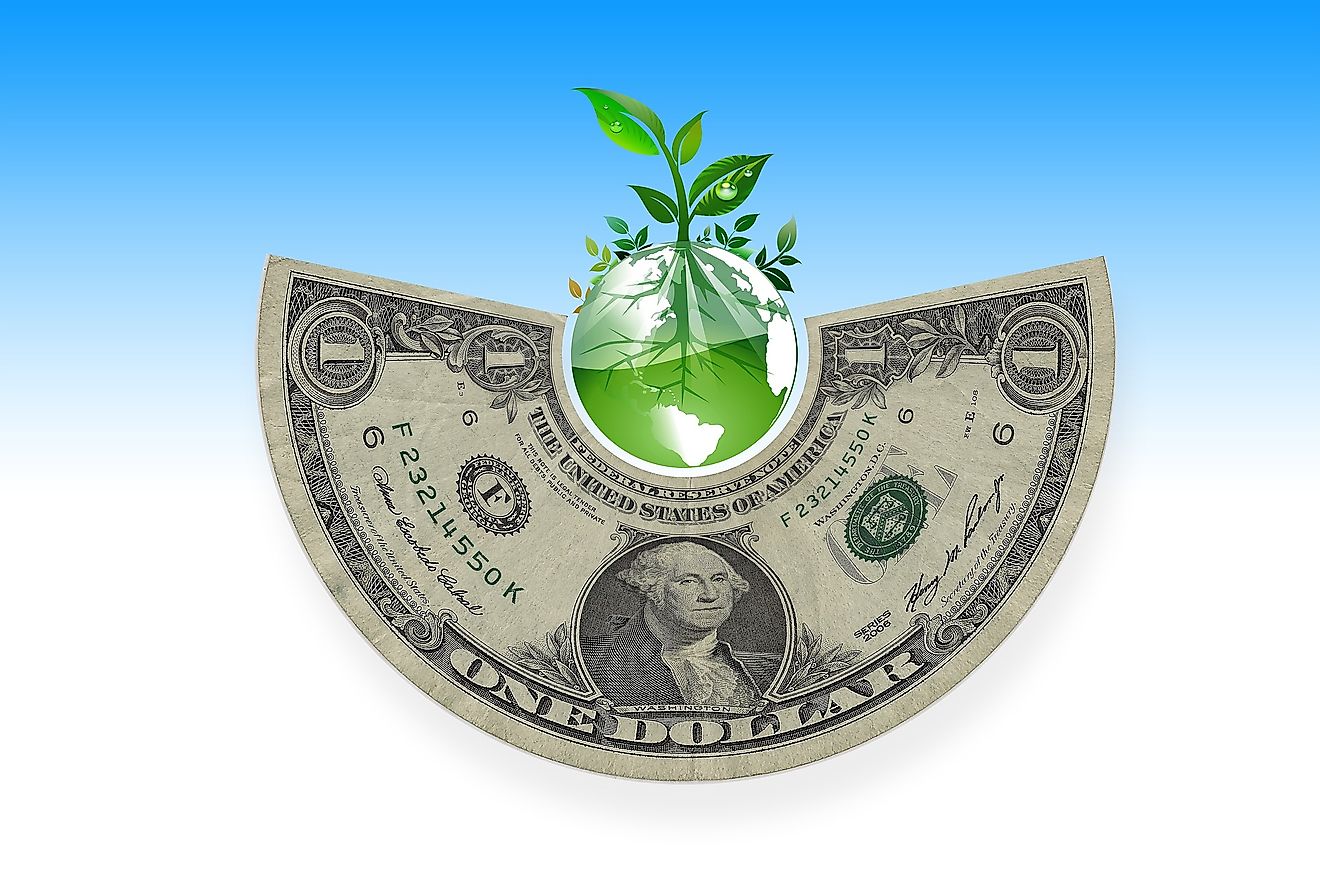What is Environmental Economics?

- Quota-on-pollution has been successful in some countries like the sulfur-dioxide trading program in the United States.
- Environmental economics has become a crucial topic in the twenty-first century because of the ever-growing environmental concerns.
- Environmental regulations resemble economic instruments.
Environmental economics is a sub-discipline of economics that deals with environmental issues. It applies the tools and values of microeconomics and macroeconomics to distribute environmental resources efficiently. Environmental economists undertake empirical or theoretical studies of the economic-effects of environmental policies on the planet. Some of the specific issues studied include the benefits and costs of alternative environmental-policies to dealing with global warming, toxic substances, water quality, air pollution, and solid waste, among others. Environmental economics helps governments analyze the merits and effects of proposed or existing policies. It also helps users create appropriate environmental policies.
Concepts Of Environmental Policies
Market Failure
Market failure refers to the fact that the market failed to distribute natural resources efficiently. There is a wedge between what society wants an individual to do to protect the environment and what an individual does, given the current market prices. The wedge means economic inefficiency or wastefulness. Environmental economists believe that resources can be redistributed to make an individual better-off without affecting the life of someone else. Some of the common types of market failures include non-rivalry, non-excludability, and externalities.
Externalities
Externalities exist when people make choices that affect other people in ways that are not accounted for in the market-price. Externalities can be either negative or positive; however, environmental economics is connected to negative externality. For example, water seepage in the upper-floors of a residential building can affect all the other lower floors. Another good example concerns a company polluting the environment without considering the costs the emissions are imposing on the community.
Solutions For Externalities
Environmental Regulations
With environmental regulators, the regulator can estimate the economic impacts using cost-benefit analysis. Regulators also referred to as command-and-control instruments, are almost the same as economic-instruments. These regulations are imposed by fines that operate as taxes if environmental pollution exceeds the prescribed threshold.
Quotas-on-pollution
Environmental economists believe that emission reduction can be achieved by using trade-able emission-permits. They believe that if these permits are freely traded between the polluting firms, pollution can be reduced at a lower cost. With such permits, companies would reduce emissions if the cost of lowering emissions will be lower than the cost of purchasing permits from another company.
Tariffs And Taxes On Pollution
Raising the price of emissions can discourage companies from polluting the environment. Pollution-taxes that lower emissions to an optimal-level should be at a level that is beneficial to society. These taxes are referred to as Pigouvian tax amongst economists, and they are imposed in places where negative externalities exist. Arthur Pigou argues that imposing Pigouvian taxes on paint production would force companies to reduce their output to a level that is best for the community.
Assigning Well-defined Property-Rights
Coase-Theorem stipulates that assigning property-rights can result in an optimal solution if the number of people involved in the negotiation is limited, and the transaction price is trivial. For example, if the factory had a right to emit pollutants or the community had a right to unpolluted air, then either the community would pay the company to reduce emissions or the factory will pay the affected community. The society can also take action against the factory if their rights are violated.











